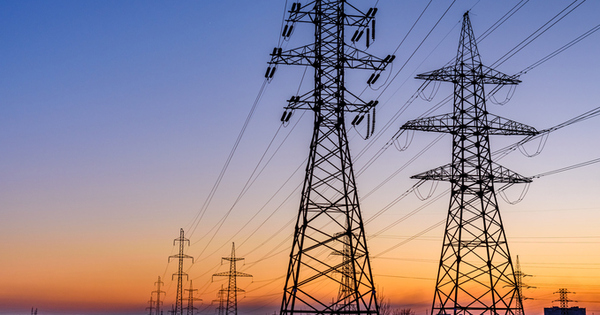
The subsea cable is estimated to have a price tag of £3.4 billion and is designed to transmit renewable electricity from wind farms located in Scotland to about two million households in England.
The energy regulator of Great Britain has approved the construction of a low-carbon electricity transmission system, referred to as a “superhighway,” that will transport renewable power across a distance of more than 300 miles from north-east Scotland to the north of England. The “superhighway” is estimated to have a price tag of £3.4 billion.
According to Ofgem, the first stage of the Eastern Green Link underwater power cable will be able to transmit enough renewable electricity from Scotland’s wind farms to provide power to two million households in England.
In the second half of this year, SSE and National Grid plan to start working on the project. The project is projected to begin transmitting power by 2029. The regulatory board is expected to approve a second project in the coming weeks. Scottish Power and National Grid are spearheading this effort.
Ofgem plans to accelerate the implementation of 26 significant energy infrastructure projects to enable more households to benefit from the growing number of offshore windfarms in the United Kingdom. Energy bill payments will cover the entire cost of this investment, which is the largest capital infusion into Great Britain’s power infrastructure to date.
Ofgem states that the plans are crucial for enhancing the energy system and facilitating the integration of a greater amount of renewable energy into the grid. “The plans are crucial for enhancing the energy system.” Furthermore, it was asserted that these technologies represented a significant advancement in the new government’s goal of constructing a net-zero electricity grid by 2030.
Jonathan Brearley, the CEO of Ofgem, emphasised that simplifying the process does not imply unlimited financial support for businesses. Ofgem has the authority to intervene and implement financial adjustments to optimise efficiency and benefit customers during the process.
The regulatory authority is expected to approve an unprecedented number of power cable projects in the upcoming years. The objective of these projects is to modernise the grid in order to accommodate adequate quantities of renewable electricity, hence meeting the legally mandated climate targets of the United Kingdom. However, the proposals have generated significant apprehension among rural populations because of the potential impact of additional transmission lines on the countryside.
Most of the Eastern Green Link cable project will be submerged beneath the seabed along the eastern coastline of the United Kingdom. This cable will establish a connection between Peterhead, situated in Aberdeenshire, and a forthcoming converter station at the Drax power facility in North Yorkshire.
The regulator has approved proposals to bury the cabling, with only about 44 miles of it being located onshore. The cabling will be linked to converter stations at both ends to integrate it into the grid, and subsequently, it will be connected to residences and businesses in Yorkshire.